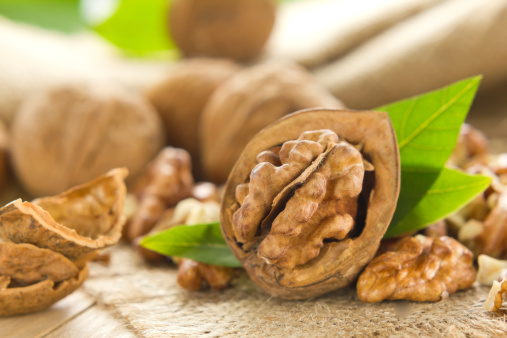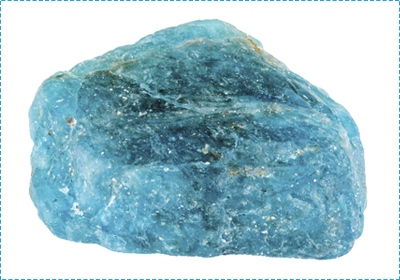Bone Health Can Help Prevent Obesity and Type 2 Diabetes
A unique strain of mouse was bred to have no insulin receptors on its bone-building osteoblasts, although it had insulin receptors every place else. The mouse became fat. As it aged it grew even fatter and its blood sugar levels shot up and it developed severe insulin resistance. The mouse was treated with osteocalcin and the problems reversed. Welcome to the new world of bones as a metabolic powerhouse. We are witnessing a major breakthrough in the subjects of both bone and metabolic health.
Those of you who are regular readers know I have been reporting on this subject as the science has been emerging over the past year. Two new studies in the journal Cell, one on insulin signaling in bone and the other on insulin receptors in bone have taken this subject to a whole new relevance – placing it front and center not only for bone health but for blood sugar metabolism and a key way to help prevent type 2 diabetes and obesity.
Osteoblasts are the bone-building carpenter cells. Osteoclasts are the demo crew within bone. These two types of cells are supposed to work in harmony over your entire life to sustain an equilibrium between new bone generated and old bone recycled. If osteoclast activity is excessive then bone loss occurs. Bone drugs put the brakes on osteoclasts and osteoblasts. The new science shows this is a highly undesirable approach to bone health and will have devastating long-term adverse effects making a person much more likely to gain weight and become type 2 diabetic. Doctors need to wake up from their very long nap – this science is not in question.
These studies show the following:
Building new bone requires lots of energy and your body must have a way to sense that there is enough available energy to proceed with the process.
When you eat your insulin levels rise, which is also signaling available energy coming in, and one place your insulin transports calories is to the bone-building carpenters known as osteoblasts.
In response to insulin activation the osteoblasts produce a protein called osteocalcin.
The production of osteocalcin stimulates the activation of the demo-crew osteoclasts who seek to clean out the oldest or most stressed pieces of bone so that new bone has a place to go.
In the acid pH environment of the osteoclasts the osteocalcin is made biologically active by a process called carboxylation, which also requires vitamin K.
The biologically active osteocalcin then coordinates the attachment of calcium to form crystalline and healthy bone structure.
The biologically active osteocalcin can also escape bone and travel to other areas of your body where it acts as a hormone. The researchers showed it went to the pancreas where it enhanced the production of insulin – defining for the first time a metabolic loop between bones and the pancreas.
As I recently reported it osteocalcin also travels to white adipose tissue where it boosts the production of adiponectin which enables proper insulin sensitivity all over you body, preventing insulin resistance.
The failure of this system to work correctly causes high blood sugar.
Bone drugs directly interfere with this system working properly, as both osteoblasts and osteoclasts are required for normal and healthy function.
While that may seem a mouthful, it is incredibly important. Maintaining optimal bone health is vital to your metabolic fitness.
-
Weight Loss Surgery Trends And Technologies
Weight loss surgery in America has a 60 year history. It begins just
-
Yeast Free Diet - Why a yeast free diet?
Yeast is an active bacterium that is used in many foods in the U.S.
-
Fat Burning Cardio Workout Myth Part 1
If you asked any group of people including doctors, physical therap
-
Low Carb Diet Plan The Science Behind The Low Carb Diet
Low carb diet plans are excellent for losing weight, but as with all d
-
Statins usage increasing among seniors
If you have high cholesterol your doctor has probably either sp
-
3 Types Of Food That Can Prevent Weight Loss
Are you trying to lose weight? Are you struggling to lose weight? Whil
- DON'T MISS
- Are You Really What You Eat? Probably Not!
- The Cyborg Solution For The Android Problem?
- Thinking As The Thin Think
- Speed Up Your Metabolism -- the Magic Way to Weight Loss
- A Personal TrainersHolidaze
- Getting Up Early Can Help You Lose 10 Pounds
- Using Acai for Weight Loss
- Weight Loss: Diet Rules You Can Break
- Hard Work: The Weight Loss Salt Lake City Residents Are Seeking Needs It
- Putting Together A Raw Food Weight Loss Menu




